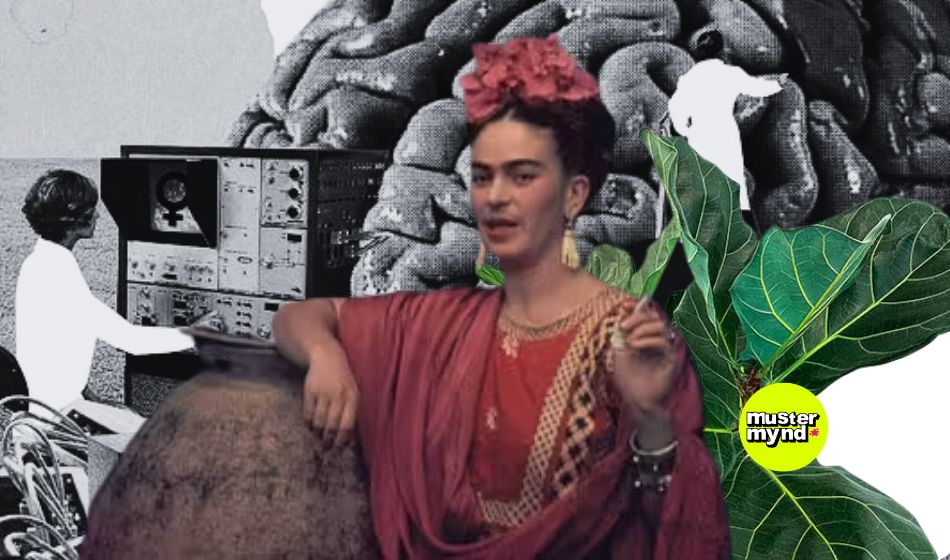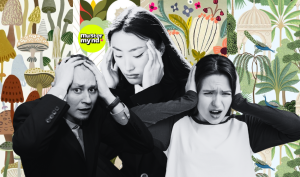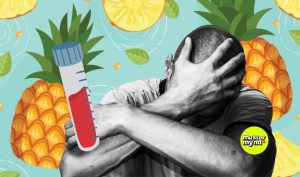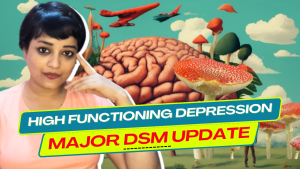Hallucinations are fascinating occurrences that have attracted scholars and physicians for millennia. These perceptual experiences, which occur in the absence of external stimuli, can have a dramatic impact on people’s life. This thorough guide to hallucinations tries to shed light on this complicated and multidimensional phenomenon by investigating the causes, kinds, and treatment options for hallucinations.
1. Understanding Hallucinations
This guide to hallucinations explains how they are sensory impressions that occur in the absence of a corresponding external stimulus. They have the ability to influence any of the five senses: aural, visual, tactile, olfactory, and gustatory. Clinical studies show that hallucinations are frequently related to psychiatric problems, substance abuse, or specific physiological ailments.
2. Types of Hallucinations
2.1 Auditory Hallucinations
Auditory hallucinations are the most prevalent type, characterized by the sense of noises or voices. Individuals suffering from diseases such as schizophrenia or bipolar disorder may experience hallucinations ranging from hearing brief noises to intricate dialogues.
2.2 Visual Hallucinations
Visual hallucinations are the perception of objects, persons, or scenes that are not existent. They might take the form of basic shapes or elaborate, vivid images. Visual hallucinations are frequently connected with illnesses such as Parkinson’s disease, delirium, or drug-induced psychosis.
2.3 Tactile, Olfactory, and Gustatory Delusions:
Tactile, olfactory, and gustatory hallucinations, albeit less prevalent than auditory and visual hallucinations, entail the impression of nonexistent touch, smell, or taste sensations. These hallucinations can occur as a result of illnesses such as epilepsy, delirium, or substance abuse.
3. Causes of hallucinations
3.1 Psychiatric Disorders
Hallucinations have been associated to a number of psychiatric disorders, most notably schizophrenia and related psychotic disorders. In these situations, neurochemical imbalances and anomalies in brain structure and function have a role in the formation of hallucinations.
3.2 Substance Use and Medications
Hallucinogens, stimulants, and alcohol are just a few of the substances that can cause hallucinations. Furthermore, withdrawal from narcotics or pharmaceuticals like benzodiazepines or opioids can cause hallucinations.
3.3 Medical illnesses
Hallucinations can develop as a result of a variety of medical illnesses, including Parkinson’s disease, epilepsy, migraines, and delirium. Physiological reasons, brain malfunction, or drug side effects may all lead to hallucinatory feelings in these circumstances.
4. Evaluation and Diagnosis
Diagnosing hallucinations necessitates a thorough examination by a healthcare practitioner. A comprehensive mental evaluation, including medical history, physical examination, and psychiatric interviews, is essential. To identify hallucinations from other perceptual abnormalities, such as illusions or delusions, a differential diagnosis is required.
5. Approaches to Treatment
5.1 Pharmacological Interventions
Antipsychotic medicines are often used to treat hallucinations caused by psychiatric conditions. These drugs aid in the regulation of neurotransmitter imbalances and the severity of hallucinatory symptoms. However, medication should be customized to the individual’s specific situation and adverse effects should be monitored.
5.2 Psychological Interventions
Psychological therapies, such as cognitive-behavioral therapy (CBT), can help with hallucinations. CBT assists people in developing coping skills, challenging painful beliefs, and improving reality-checking. Acceptance and commitment therapy (ACT) and supportive counseling may also be beneficial.
5.3 Multidisciplinary Approaches
Individuals suffering from hallucinations may benefit from complementary and alternative therapies such as mindfulness-based practices, relaxation techniques, and art therapy. These approaches, when combined with standard therapeutic procedures, can increase self-awareness, stress reduction, and overall well-being.
6. The Effects of Hallucinations
Hallucinations can have a considerable influence on people’s lives, causing distress, social isolation, and reduced functioning. They may exacerbate problems with relationships, work performance, and overall quality of life. Individuals experiencing hallucinations frequently struggle to distinguish between reality and their hallucinatory experiences, resulting in increased worry and panic.
7. Coping Tactics and Support
Living with hallucinations can be difficult, but there are coping tactics that people can use. These may include adopting a routine, practicing stress management strategies, engaging in self-care activities, and obtaining social assistance from loved ones or support groups. Peer support groups and community organizations can be of great aid and create a sense of belonging.
8. Research and Advancements
Ongoing research on the subject of hallucinations attempts to enhance our understanding of their underlying causes and provide more tailored treatments. Neuroimaging, genetics, and psychopharmacology advancements provide promising pathways for improved diagnosis and treatment outcomes.
Conclusion
Hallucinations are complicated occurrences that can occur in a variety of mental, medical, and substance-related situations. Hope this guide to hallucinations helped you understand the origins, forms, and treatment options for hallucinations critical for healthcare providers, patients, and their families. Individuals can effectively treat hallucinatory symptoms and enhance their general well-being by combining pharmaceutical interventions, psychological therapy, and holistic techniques. Ongoing research and support networks give reason to expect for further advancements in the sector, opening the door for more personalized and successful treatment techniques.
Please keep in mind that, while this page provides a thorough overview of hallucinations, it is critical to seek the advice of a healthcare professional for an accurate diagnosis, personalized treatment strategies, and up-to-date information.
Guide to Hallucinations: References
- American Psychiatric Association. (2013). Diagnostic and statistical manual of mental disorders (5th ed.). American Psychiatric Publishing.
- Jardri, R., Bartels-Velthuis, A. A., Debbané, M., Jenner, J. A., Kelleher, I., Dauvilliers, Y., & Leboyer, M. (2014). From phenomenology to neurophysiological understanding of hallucinations in children and adolescents. Schizophrenia Bulletin, 40(Suppl_4), S221-S232.
- Larøi, F., Sommer, I. E., Blom, J. D., Fernyhough, C., Ffytche, D. H., Hugdahl, K., Johns, L. C., McCarthy-Jones, S., Peters, E., & Woods, A. (2012). The characteristic features of auditory verbal hallucinations in clinical and non-clinical groups: state-of-the-art overview and future directions. Schizophrenia Bulletin, 38(4), 724-733.
- Waters, F., Fernyhough, C., & Allen, P. (2012). Hallucinations: a systematic review of points of similarity and difference across diagnostic classes. Schizophrenia Bulletin, 38(4), 888-898.




